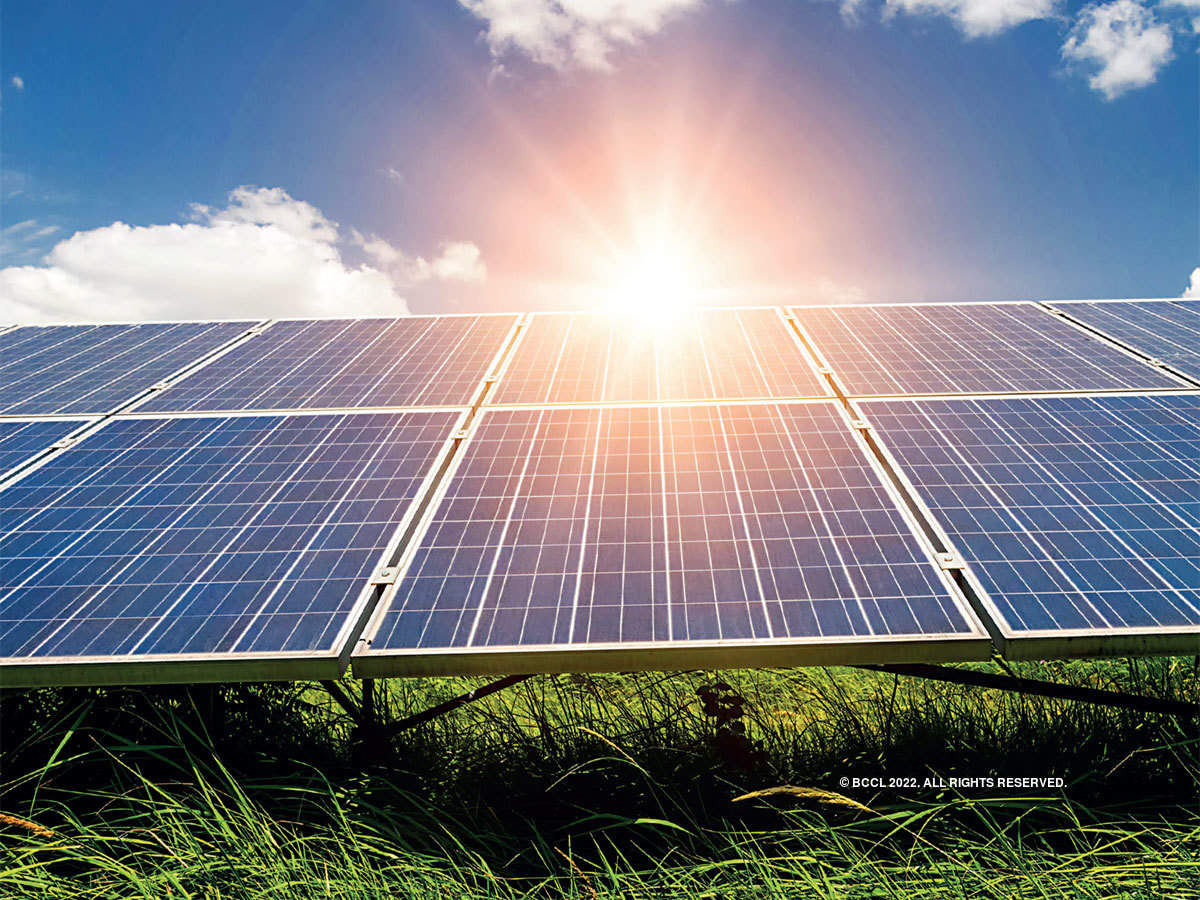VEEC Solar Rebates or Victorian Energy Upgrade (VEU)
Incentive - Changes and Reduction
Why VEEC/ VEECs for solar
The VEECs rebates scheme is nothing short of phenomenal if you’re considering medium to large commercial solar in Victoria.
Here’s why:
1. Can shorten commercial solar payback to less than 3 years with over 30% RoI, depending on your tariff
2. If you’re working with the best certified professional/ consultant, all the benefits can be
realised as fast as within 12 months
3. Currently high certificate prices compared to LGC (Large Generator Certificate), which means much more benefits
How solar VEECs scheme works
The Victorian Energy Efficiency Certificates (VEECs) is a government incentive that can be utilised to help pay for your solar project and reduce your energy bill. Each certificate represents one tonne of greenhouse gas emissions reduction. These certificates are sold to energy retailers who have an obligation under the program to surrender a certain number each year. The amount of certificates that can be claimed is based on real-world data that must be provided to a Victorian Energy Upgrades (VEU) accredited person. The accredited person does an analysis of the amount of CO2 displaced tonnes reduced by the installation until 2030 and then issues the certificates.
As you can imagine, every kWh generated from solar energy translates to a certain amount of greenhouse gas emission reduction.
This is the great news: One VEEC was worth a little under $40 in late January 2020. As of 6 th July 2022, it’s worth about $74! This means a massive upside, up to hundreds of thousands of dollars in benefit, for any organisation that is looking at a medium to large solar installation.
The calculation is complex and requires some statistical tools. It’s dependent on the site load, seasonal variation and how much solar energy will be self-consumed. This is almost like an art rather than black on white process. Not to mention that the program continually gets revised by the authority. Thus, if the client wants to maximise the benefit, it’s critical to engage an accredited person who truly has mastered energy analysis and has a strong understanding of how the program is run by the state authority.
The VEEC spot price can vary because of demand-supply and other factors. Holding onto certificates can carry risks, because the VEECs price may decrease. There are ways to mitigate the risk of market movement by locking the prices. The providers estimate the number of potential certificates and then offer X amount of money upfront. In exchange for this, they receive the certificates when they are issued but also carry the risk and the potential reward.
Loss and delay of solar VEEC benefits
We have found some solar providers offer VEEC benefits that are much lower than the market or apply larger than necessary risk premiums. This means the client would give up too much upside!
Therefore, it is more profitable to engage an accredited person who provides the bespoke solution to maximise the number of certificates created by taking into account the monitored energy data from the solar PV system and time the sale of the certificates to secure higher market prices. This is the approach we would recommend most of the time unless the client cannot tolerate any
uncertainty, in which case we can facilitate locking in prices.
Most of the VEECs rebate can be realised as soon as 10 months after installation for huge amounts of benefits. In some instances, companies have claimed upwards of 40% of capital expenditure.
Some VEEC consultants would take 18-24 months to realise most of the benefits while, as a matter of fact, can be expedited if data processing and presentation can be done smarter. This longer period would mean more uncertainty for the client and capital being locked away.
This amazing incentive requires an energy expert to navigate the complex process, minimising the risk and maximising the benefits of this incentive. Some providers can unlock some portion of these benefits. Yet, most are not providing the maximum benefits. Hence comparison and due diligence before selecting the best provider are critical.
Changes and reduction in VEEC benefits in 2023
One drawback is the state government is reducing the VEEC benefits over time by setting a gradual decrease in electricity emission factor. Basically, this figure reflects increasing renewable penetration in the grid.
The lower this figure, the lower VEEC benefits that can be realised within the timelines below:
- implementation between 1 August 2021 and 31 January 2022, the emission factor is 0.9546
- between 1 February 2022 and 31 January 2023, the emission factor is 0.8142
- between 1 February 2023 and 31 January 2024, the emission factor is 0.6738
- between 1 February 2024 and 31 January 2025, the emission factor is 0.5334
- after 1 February 2025, the emission factor is 0.3930
As an example, a project just under 1 MW our associates are working on in Q3 2022 is expected to realise $86,219 (or 14%) less if it misses the January 2023 cutoff. What the? Yes, this money is better included in your company’s bottom line!
However, even if large projects take a few months to implement, probably there is a way to expedite the process so that the 2022 emission factor can be used instead of 2023. Every project is different, so please reach out to us to find a solution.
This incentive is only available in Victoria and now, along with other incentives, companies are having these unprecedented returns on their solar investments. Not only are short-term incentives high, but the obvious benefit of your energy reduction is an ongoing benefit that you will be receiving for decades. But, you need to do it the best way with the best people to get the most out of it.
